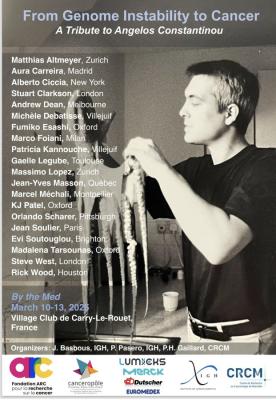With its nuclear dimorphism, the ciliate Paramecium provides a powerful unicellular model to study how eukaryotic genomes cope with transposable elements (TEs). During evolution, the Paramecium germline genome, hosted in two transcriptionally silent micronuclei, has been continuously colonized by TEs, including in essential coding regions. Functional gene expression relies on the programmed elimination of parasitic sequences, which takes place at each sexual cycle in the transcription-prone somatic macronucleus. While most TEs are eliminated in a heterogeneous manner, excision of ~45,000 Tc1/mariner-related Internal Eliminated Sequences (IESs) is precise. It is carried out by a core machinery composed of domesticated PiggyBac transposases associated with double-strand break repair proteins. Except for a subset of IESs, which will be discussed during my talk, programmed DNA elimination is guided by non-coding RNAs (ncRNAs) and repressive chromatin marks.
More about Dr. Mireille Betermier https://www.i2bc.paris-saclay.fr/equipe-programmed-genome-rearrangements/



